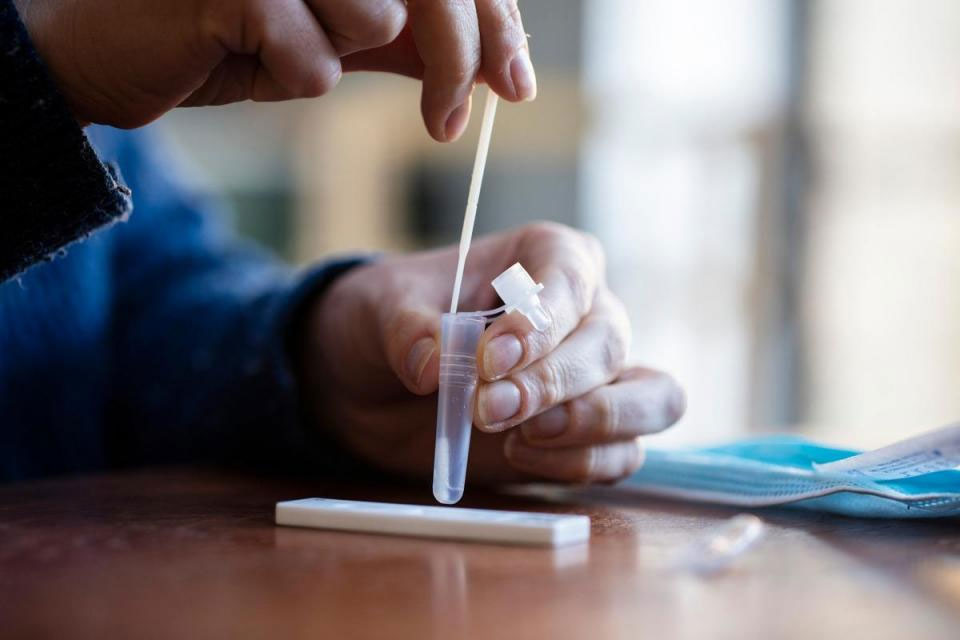
The Effectiveness of Rapid Tests in the Era of BA.5
By Emily Kim
August 9, 2022
Ever since the beginning of the pandemic, PCR tests have been labeled the "gold standard" of COVID-19 testing. At-home rapid tests are not as sensitive, or not as accurate at identifying a true positive result as PCR tests are. However, rapid tests are undoubtedly accessible and convenient, able to be administered at home with results in a matter of minutes, and research shows that these tests can still effectively detect the BA.5 variant.
Here is a general run-down of how rapid tests work. The SARS-CoV-2 virus is typically highly concentrated with the nucleocapsid protein. Embedded in every test strip are antibodies, which bind to this nucleocapsid protein once detected. Though in the case of Omicron and BA.5, the nucleocapsid has mutated, Dr. Nathaniel Hafer of the University of Massachusetts Medical School explains that because the protein mutates extremely slowly, rapid tests can still detect the variant. The antibodies on the test strip are still able to bind to the nucleocapsid in BA.5.
When it comes to rapid tests, it is important to make sure that you precisely follow the directions on your at-home test kit. If the directions say to swab your nose, do not swab your throat or elsewhere (no matter how uncomfortable a nasal swab may be). Make sure to swab thoroughly to gather enough discharge for virus detection. Read the test results after the designated number of minutes, and discard the test afterwards (interpreting the test results after the designated time limit may be misleading).
Moreover, the more symptomatic you are, the more accurate the tests will likely be. Oftentimes you need to have a high viral load for the test to detect the virus. For this reason, if you initially test negative following a known exposure, experts recommend testing yourself again within 24-36 hours. This is also recommended for those who exhibit symptoms and still test negative—it is possible that you have not yet built up a large enough viral load. There have been many instances of people initially testing negative, but testing positive only a few days later.
However, if you test positive, Chicago Department of Public Health Commissioner Dr. Allison Arwady does not recommend re-testing. "Any positive is a positive," she says. "You should trust it, you should act on it." The CDC also underscores that "positive results from self-tests are highly reliable."
With all of this information, how, then, can you ensure that you are using at-home tests most effectively? Be meticulous in following the directions, and keep a number on hand to test yourself across multiple days. Keep an eye out for symptoms. If you test positive, take all the precautions and self-isolate. If you test negative, don't rule out the possibility of you having Covid entirely. Take similar precautions, wait a day or two, and then test again.
With the BA.5 variant running rampant across the country, at-home tests can be a powerful tool in identifying positive cases and slowing the spread. As scientists grapple with how to out-smart this ever-clever variant, the question should not be which test is more effective, but how we can use all the tests that we have on hand most effectively.


